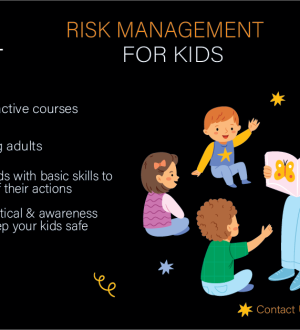
Risk Transformation
Advisory Services
In this day and age, not only has change proven to be the only constant in the business landscape, but it is happening rapidly at unprecedented pace presenting us with opportunities for growth and exposing us to risks that, in order to survive and thrive, we need to proactively identify and manage.
Technological advancements, the digital revolution and the rise of cyber dependency have changed the business landscape, so organizations need to either keep up or fold out.
Geopolitical and societal changes and challenges in recent years have had a tremendous impact on the economy as whole. The rise of terrorism threat, the failure of the rule of law, corruption and political deadlock creating an environment of uncertainty which instigated the migration (both voluntary or involuntary) of human resources causing a chain reaction of competition for natural resources and the development of new communities and governmental burden to provide for them.
The list of risks continues from economic to environmental to financial to market all the way into the organizations’ operations and their abilities to manage those risks to achieve their strategic objectives.
Recognizing and managing risk is a crucial part of the role of the board of directors and management, a failure to recognize or manage risk can adversely impact not only the organization and its investors or owners but also other stakeholders, including employees, customers, suppliers, creditors, consumers, and the broader community in which the organization operates.
Not only do good risk management practices help protect established value, they can assist in identifying and capitalizing on opportunities to create value.
The owners (board of director of a listed organization) are ultimately responsible for deciding the nature and extent of the risks they are prepared to take to meet the organizational strategic objectives. To enable them to do this, the organization need to have an appropriate framework to identify and manage risk on an ongoing basis.
It is the role of management to design and implement that framework and to ensure that the organization operates within the risk appetite set by its owners/board of directors. It is the role of the owners/board to set the risk appetite for the organization, to oversee its risk management framework and to satisfy itself that the framework is sound.






